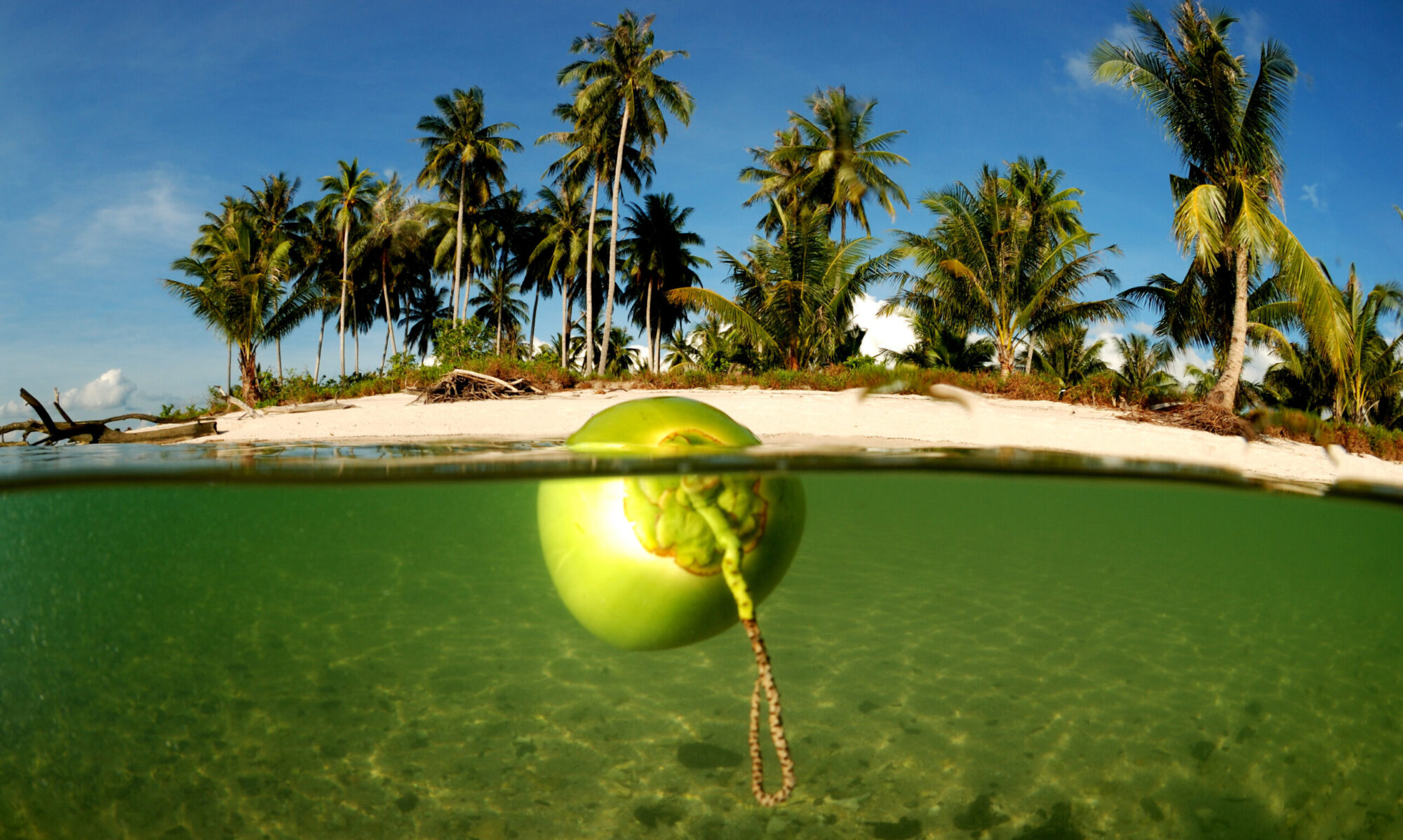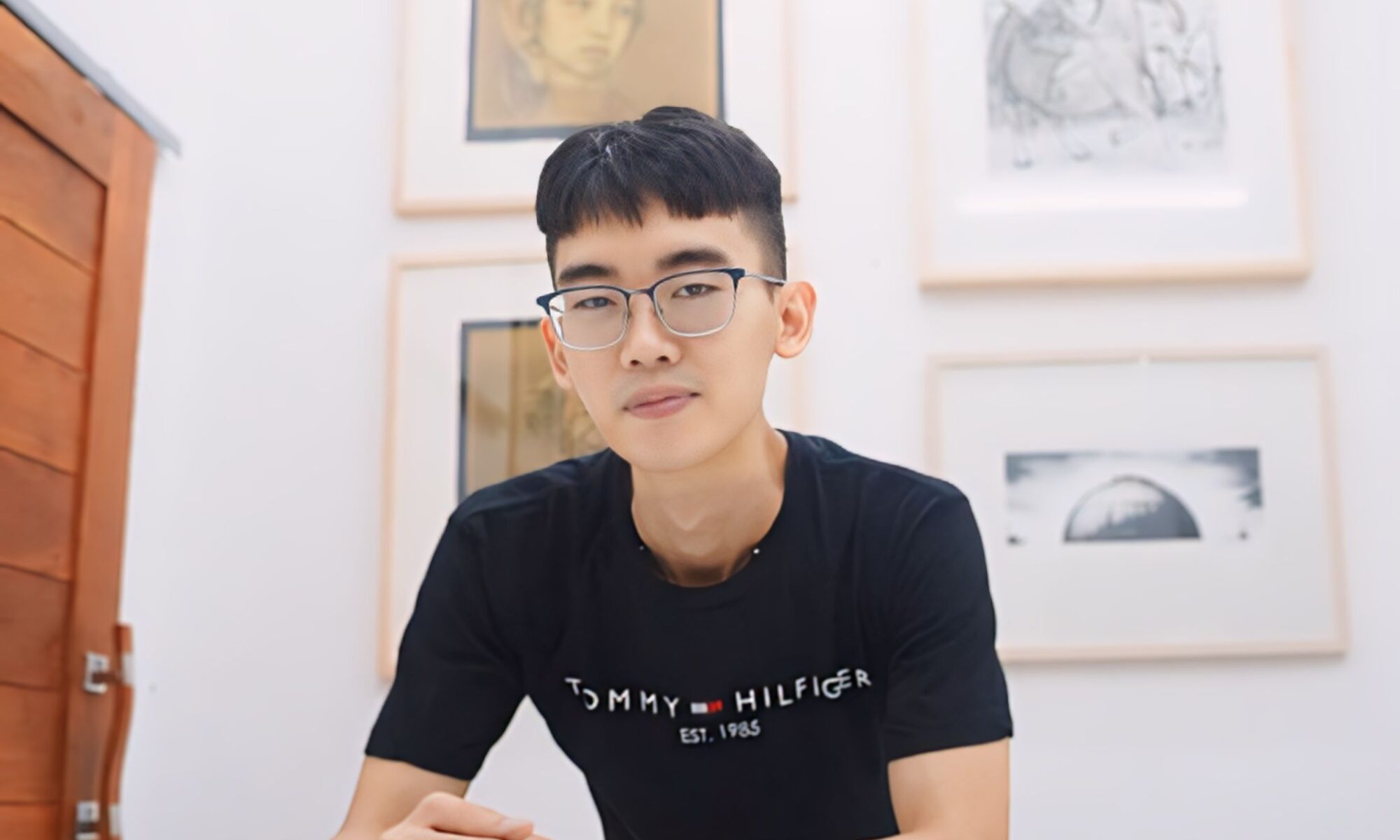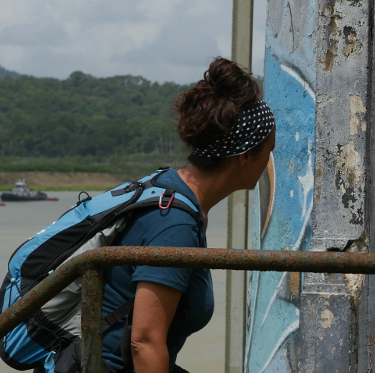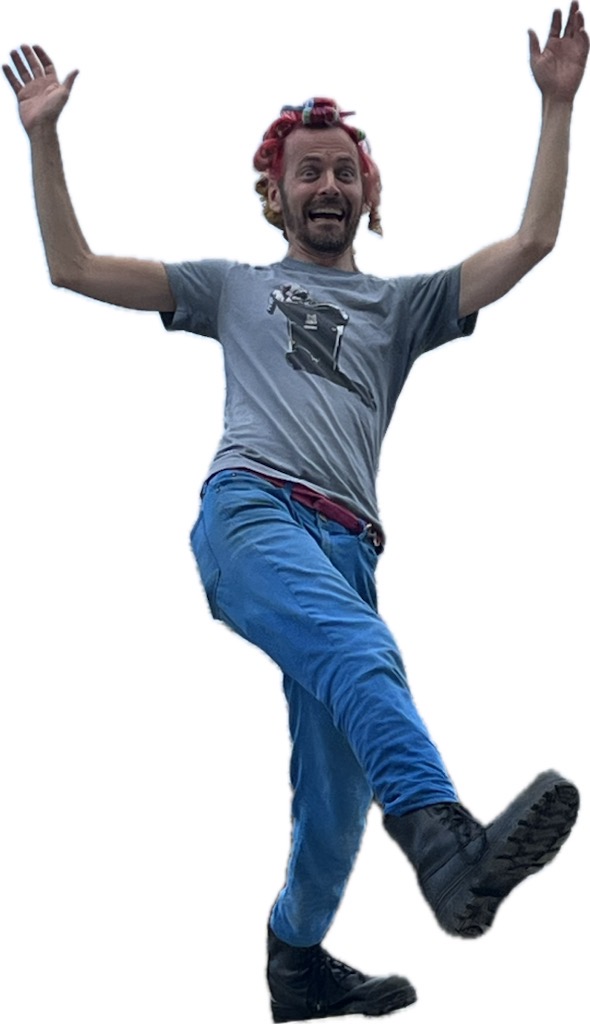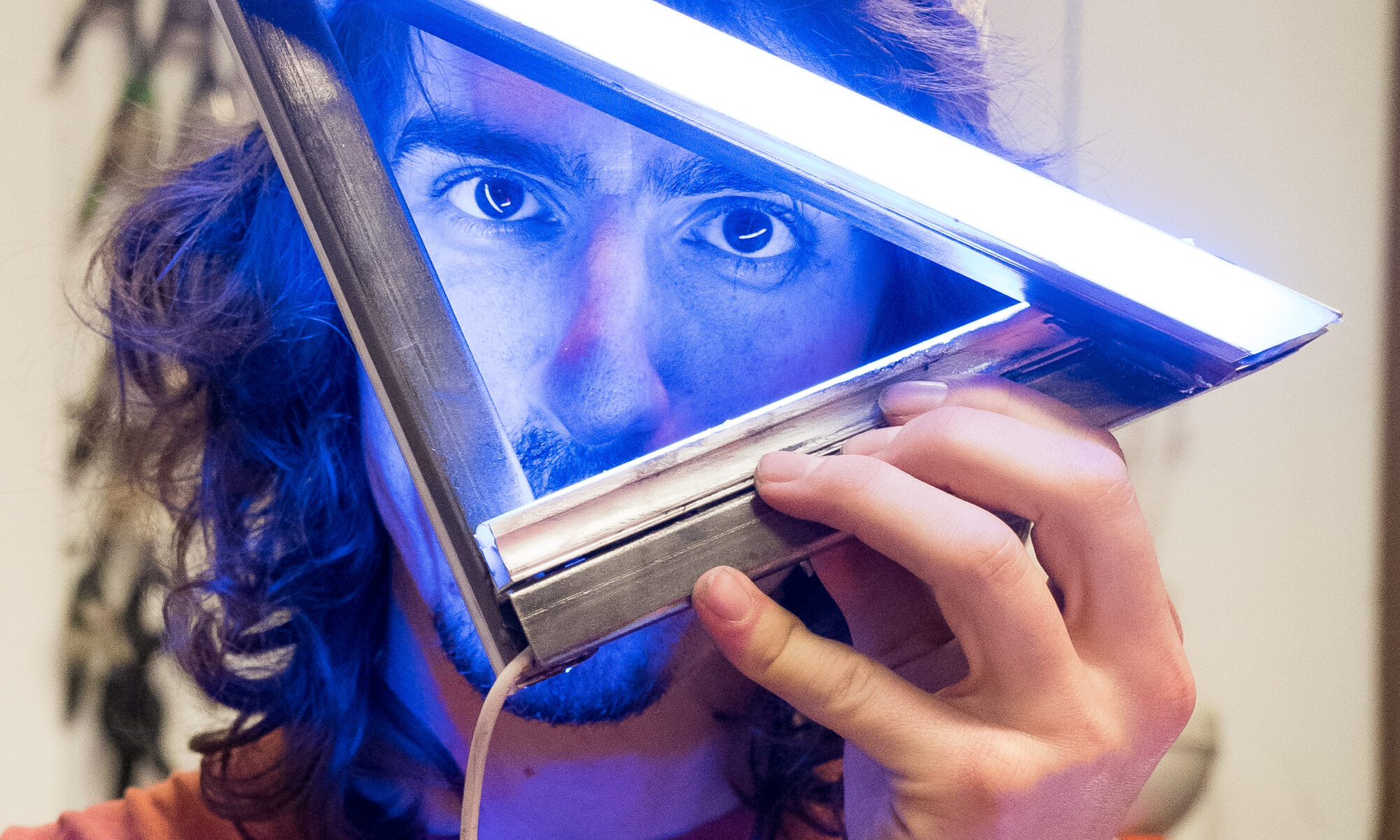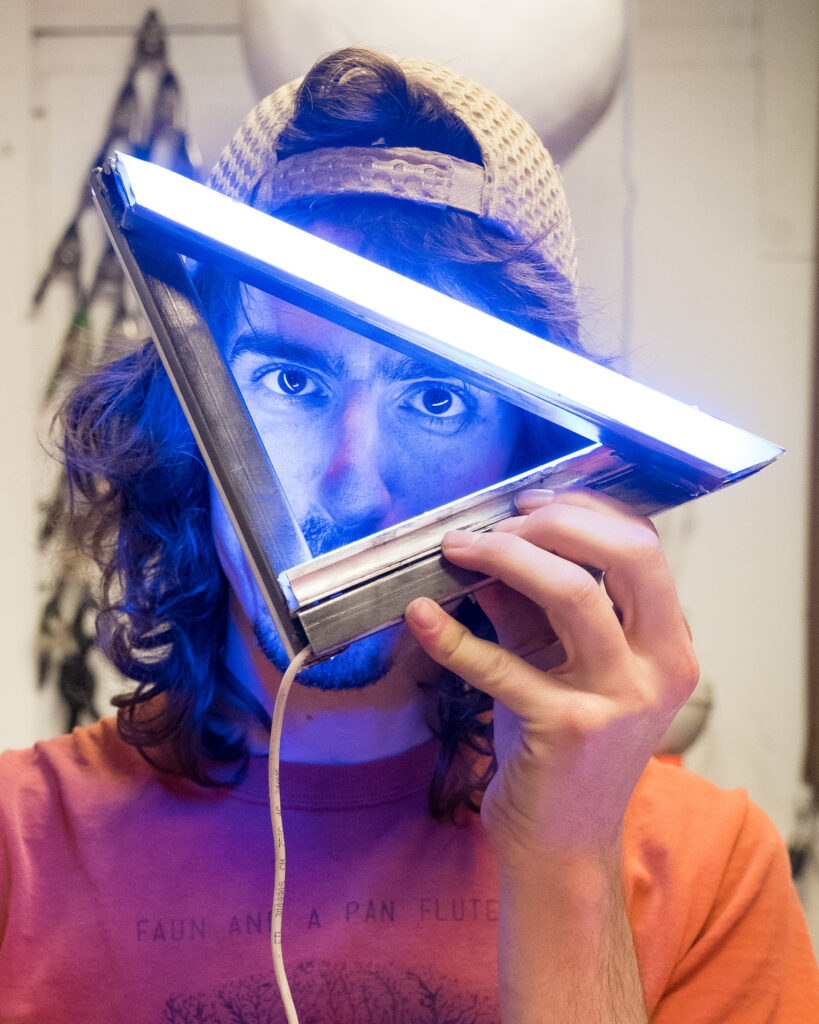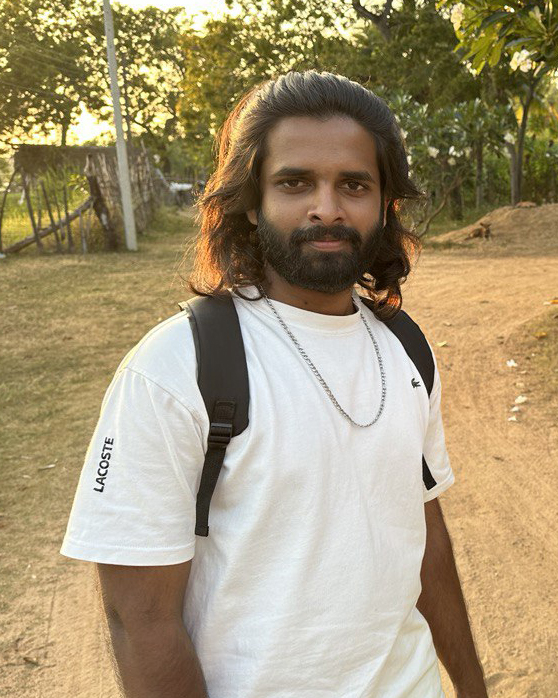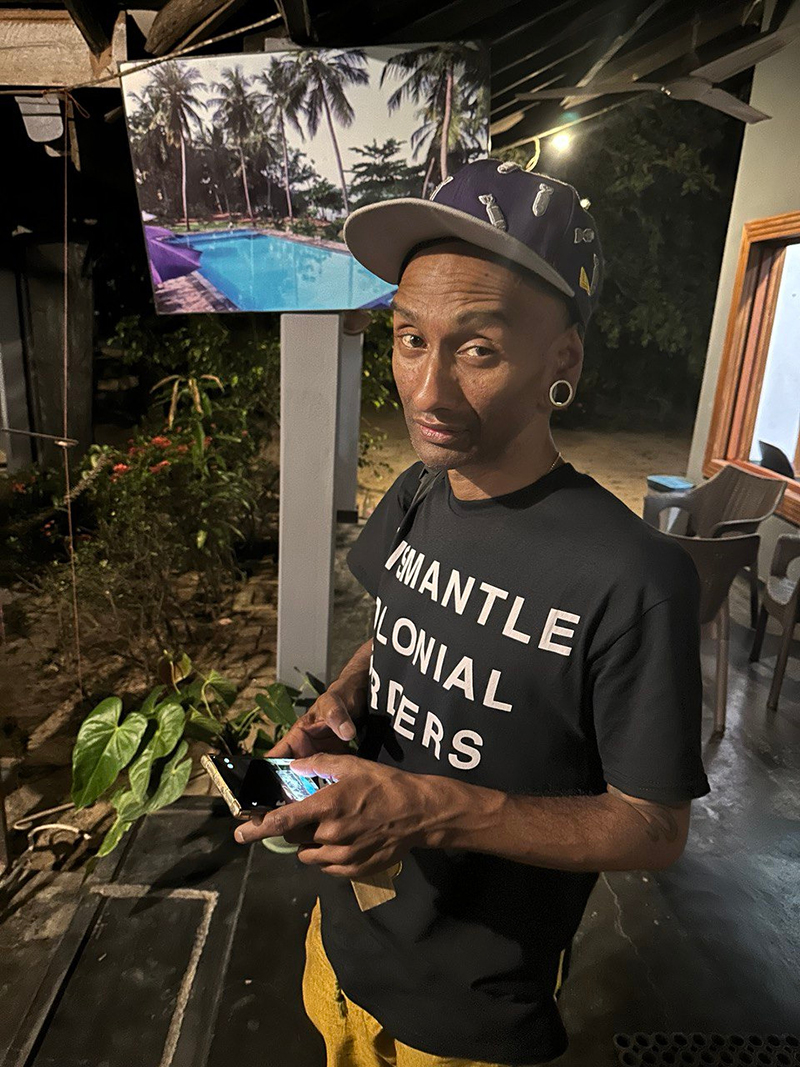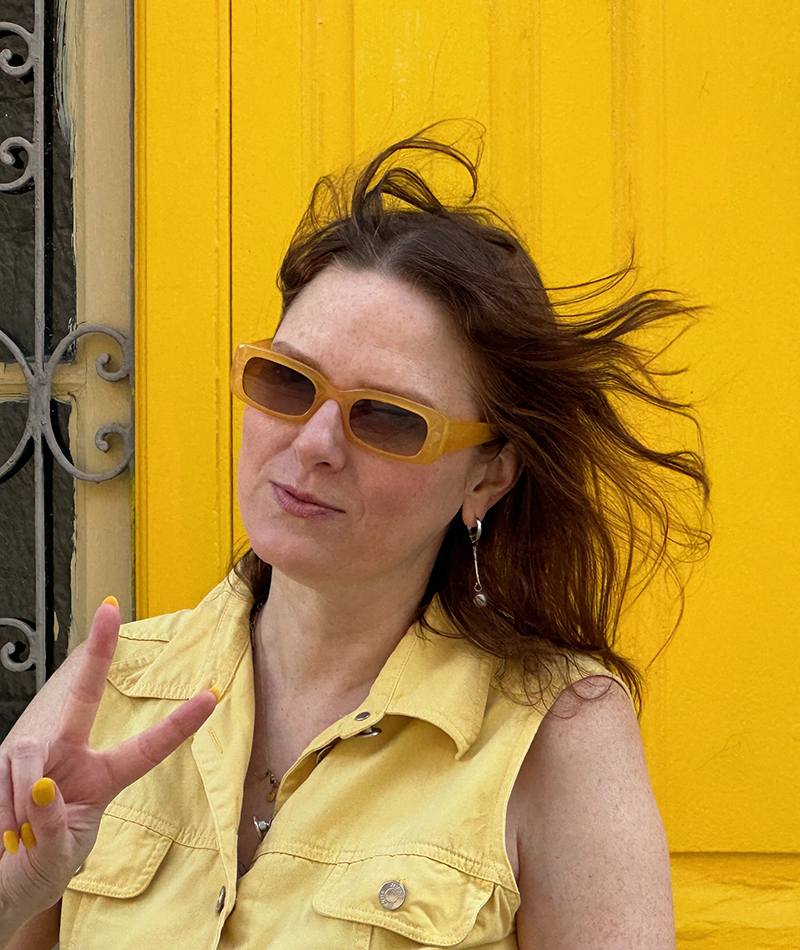We (Dinoj, Luci, and Sumugan) plan to collect ocean plastic and make recordings to build a common sample bank (shared online) using free, open source tools. We will experiment with sonification of ocean data and assemble musical instruments from scavenged plastic: potentially work with Andy’s plastic processing method for 3D printing. We were involved in the Thaalam Riddim Reapers music production workshop at Dinacon 2022, Batticaloa. In March 2024 we developed this project into a ten day “bootcamp”, Dham Dham Riddim, at DreamSpace Academy’s Music Lab and released an album of the participants’ results on Bandcamp in August 2024.
Bio Sumugan Sivanesan is an artist, researcher and writer whose interests include music, minority politics, activist media, artist infrastructures and more-than-human rights. His artistic research project fugitive radio (2020-ongoing) develops live collectively-realised modes of “performance-radio” alongside a monthly podcast, music, zines and texts.
Bio Dinoj M is an artist and music producer who blends music with nature while celebrating the culture of his hometown, Batticaloa, Sri Lanka. He runs DreamSpace Records, a creative hub where local artists can record and produce their tracks. When he’s not making music, he’s upcycling old stuff into musical instruments because sustainability is his jam. His songs reflect the rich traditions and stories of Batticaloa, while also highlighting why we need to protect the planet. Dinoj is all about empowering artists and creating music that’s meaningful, fresh, and rooted in heritage.
Bio Lucinda Dayhew investigates relationships between social, ecological, historical, and psychological phenomena with a percussive bent. She sculpts words and moulds sounds and materials into pulsing narratives and rhythmic objects, which shift shape as they grapple with the conflicting ethics of daily life and global spin. Her works materialise as installations, performances, texts, films, photographs, sound works, and sculptures that are shown locally and internationally. Collaboration is the key to her beating heart.
